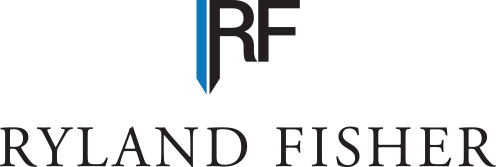On Tuesday and Wednesday, it will be 64 years since thousands of people converged on Kliptown, outside Johannesburg, to draw up the Freedom Charter, which for many years acted as a beacon of the kind of society we would all love to live in once apartheid had been destroyed and a democratic government installed.
Most of the people who were at the Congress of the People have passed on, but the document that they left behind is a powerful legacy of what South Africa should have become over the past 25 years of democracy and what it probably could still become.
Most of the key points of the Freedom Charter are contained in the Constitution of South Africa, adopted in 1996 and which has been guiding our democracy since then. What made the Freedom Charter unique is that it was the first document to be drawn up with the involvement of thousands of people of all races from around the country, not all of whom attended the two-day congress at Kliptown.
Many people had sent their demands and vision of a new South Africa in the hope that they would be incorporated in the final document.
What attracted many to the Freedom Charter was the opening paragraph: “We, the People of South Africa, declare for all our country and the world to know: that South Africa belongs to all who live in it, black and white, and that no government can justly claim authority unless it is based on the will of all the people; that our people have been robbed of their birthright to land, liberty and peace by a form of government founded on injustice and inequality; that our country will never be prosperous or free until all our people live in brotherhood, enjoying equal rights and opportunities; that only a democratic state, based on the will of all the people, can secure to all their birthright without distinction of colour, race, sex or belief; And therefore, we, the people of South Africa, black and white together equals, countrymen and brothers adopt this Freedom Charter; And we pledge ourselves to strive together, sparing neither strength nor courage, until the democratic changes here set out have been won.”
The Charter then outlines certain key demands, most of which have not been realised. They include: the people shall govern; all national groups shall have equal rights; the people shall share in the country’s wealth; the land shall be shared among those who work it; all shall be equal before the law; there shall be work and security; the doors of learning and culture shall be opened; there shall be houses, security and comfort; and there shall be peace and friendship. It ends with the rallying cry: “These freedoms we will fight for, side by side, throughout our lives, until we have won our liberty.”
Oppression and exploitation were at its peak in the 1950s and one can forgive the talk of “national groups” because, at that point, divisions in our society were intense. Despite this, the Freedom Charter talks about an inclusive society. It talks about the need for all of us to share our beautiful country. It does not talk about how we can achieve this, but that was never the intention of this document.
One of the interesting lines is on the issue of land: it talks about sharing the land “among those who work it”. It means, that in 1995, there was already concern about the plight of farmworkers who toil on land owned by others without ever having land that they can call their own.
It will require much more than the limited space in this column to analyse the Freedom Charter and that was not my intention. I merely wanted to remind us of a beautiful document that should become part of our children’s education and that should inspire us in our quest for a different and better South Africa.
(First published as a Thinking Allowed column in the Weekend Argus on Saturday, 22 June 2019)
